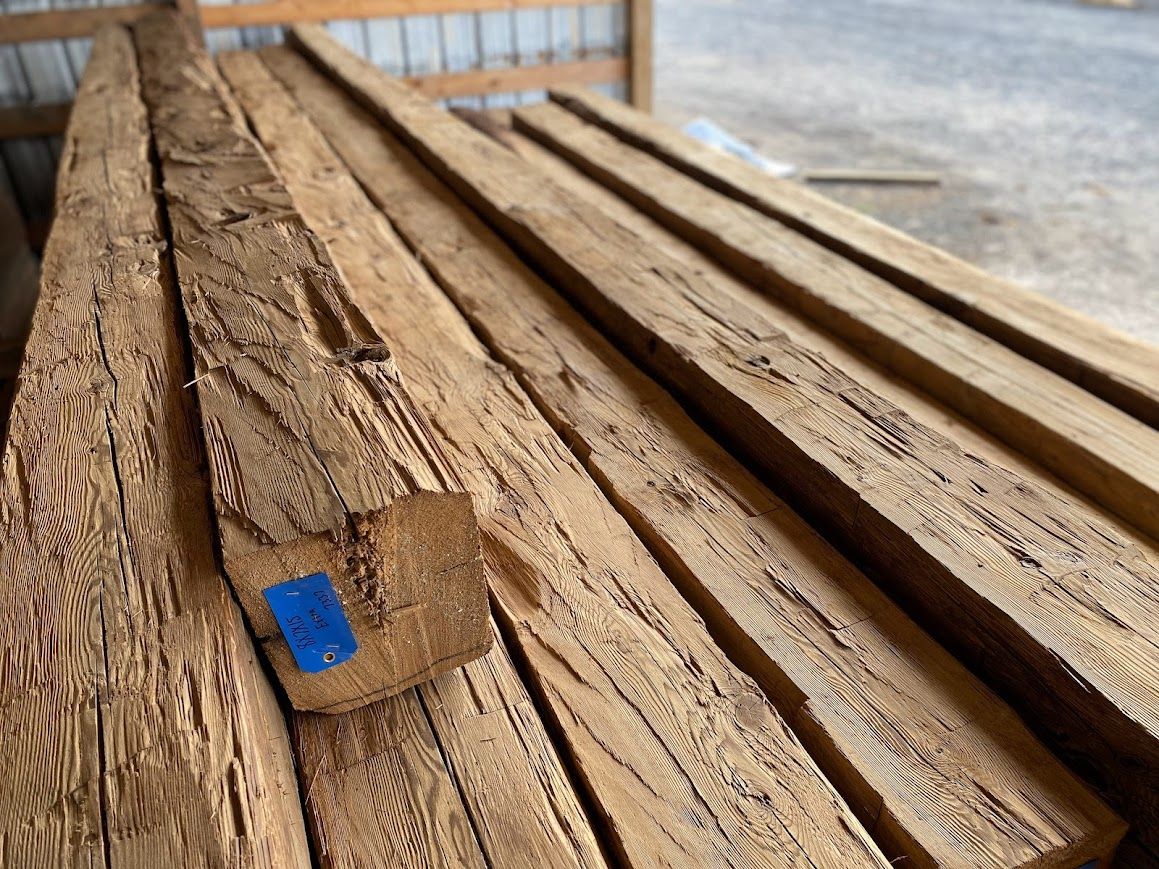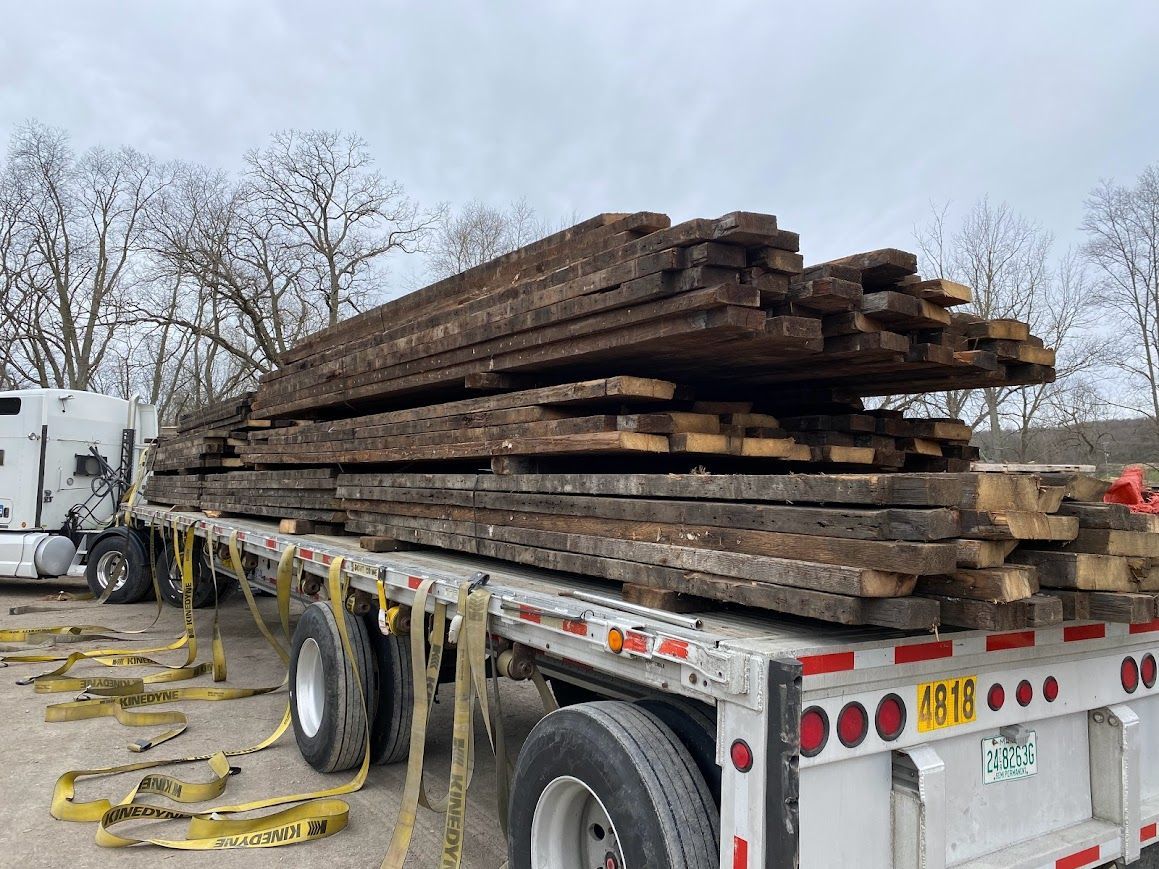Curious About Timber Recycling? Here's What You Need to Know
why timber recycling matters and how it benefits the planet

Timber recycling is a smart way to save natural resources while preserving the unique look and history of old wood. Whether you're planning a home project or want to learn more about sustainable building, understanding timber recycling can open up exciting possibilities.
Curious about how this aged wood can give your project a new lease on life? Let’s uncover the beauty and potential of timber recycling together.
What Is Timber Recycling?
Timber recycling means reusing wood from old structures like barns, warehouses, and factories for new projects. It’s not just about reusing wood; it’s about saving the special character of aged timber and reducing the need for fresh lumber.
Why Recycle Timber?
Environmental Benefits
Recycling timber helps the environment in big ways:
- Saves natural resources: Using reclaimed wood means fewer trees are cut down.
- Reduces waste: Construction leftovers make up about 30% of landfill trash.
- Lower energy use: Processing old wood uses less energy than making new lumber.
- Stores carbon: The carbon in old wood stays locked in instead of being released into the air.
Quality Advantages
Recycled wood isn’t just eco-friendly. It’s often of better quality:
- Dense grain: Older wood from slow-growing trees has tighter grain patterns.
- Strong and stable: Years of natural aging make the wood steady and durable.
- Unique look: Weathering, patina, and old craftsmanship give it a distinctive character.
Where Does Recycled Timber Come From?
Timber is reclaimed from many places, including:
- Farms: Old barns and silos
- Factories: Industrial buildings and mills
- Historic homes: Houses being renovated or torn down
- Bridges and docks: Old infrastructure
- City sources: Items like street timbers and water tanks
How Is Recycled Timber Used?
Reclaimed wood can be used in many ways:
- Building materials: Beams, posts, and rafters
- Floors: Wide planks with a one-of-a-kind look
- Furniture: Tables, shelves, and cabinets
- Decor: Accent walls, mantels, and other design details
- Outdoor projects: Decks, fences, and garden features
Challenges of Recycling Timber
Recycling timber has many benefits, but also some hurdles:
- Hidden problems: Old wood might have lead paint or chemicals.
- Structural checks: It takes skill to judge if the wood is still strong.
- Metal removal: Nails and bolts have to be carefully taken out.
- Limited supply: Matching specific sizes or types of wood can be hard.
- Higher costs: Salvaging wood requires extra labor and care, making it more costly than buying new.

Why Is Recycled Timber Pricier?
Reclaimed wood often costs more, and here’s why:
- The process of salvaging wood is hard work that takes skill.
- Each piece is unique and needs careful checking and preparation.
- Supplies are limited, making reclaimed wood more valuable.
- Its history and character add appeal that new wood can’t match.
While the upfront cost is higher, projects with recycled timber tend to hold their value better, thanks to the unique story and quality the material offers.
How to Start with Recycled Timber
If you’re thinking about using recycled wood for your next project, here’s how to get started:
- Find the right supplier: Look for experts who ethically source reclaimed wood.
- Learn the grading system: Understand how old wood is rated for strength and safety.
- Stay flexible: Be ready to adjust your design based on what’s available.
- Allow extra time: Getting specific reclaimed wood can take longer than ordering new materials.
- Hire experienced builders: Choose professionals who know how to work with reclaimed timber.
Bringing History to New Projects
At Bay & Bent, restoring historic wood is more than a business; it’s our passion. We carefully dismantle old buildings, preserving each beam’s character and craftsmanship. Once repaired, these timbers are ready to be featured in new projects around the world.
While we don’t repair individual barns, we specialize in offering fully restored frames from historic structures, complete with their original joinery and beauty.
Timber recycling isn’t just a sustainable choice. It’s a way to connect your project to history, wrapping it in the beauty and stories of the past. From every grain to every joint, each piece has a tale to tell.









